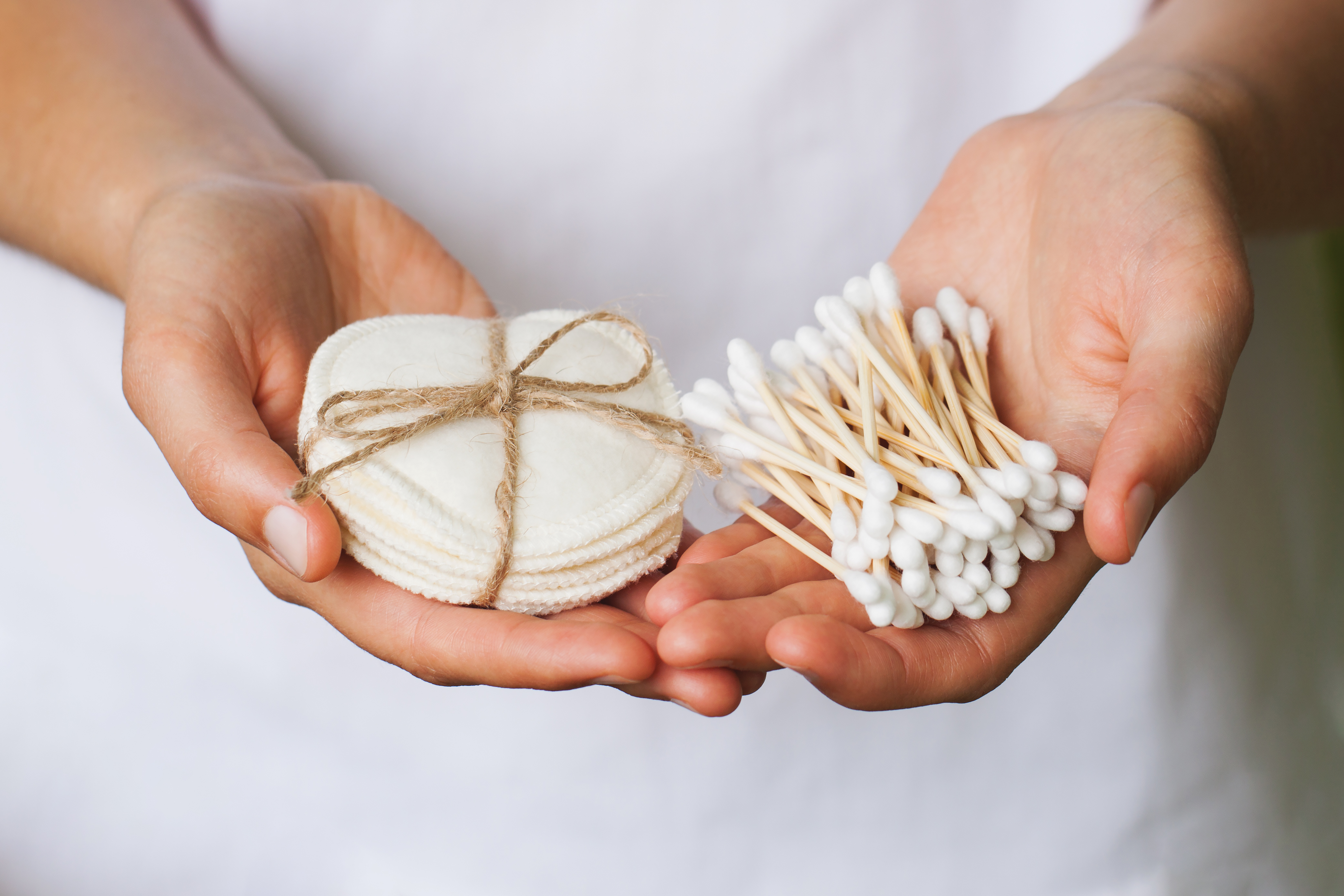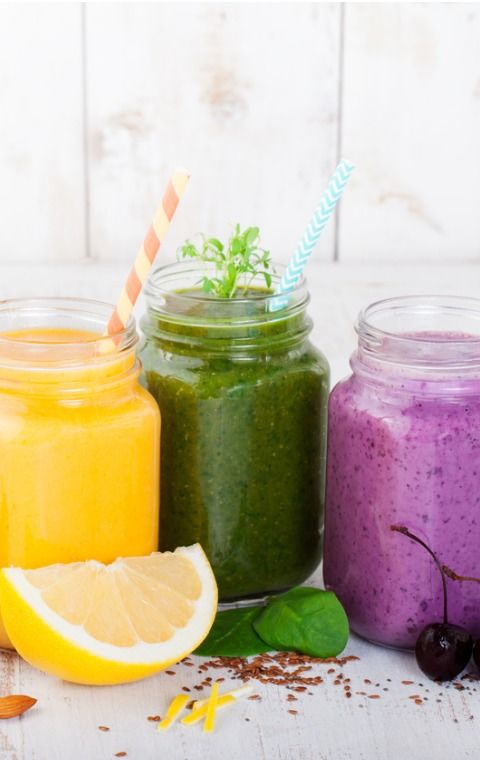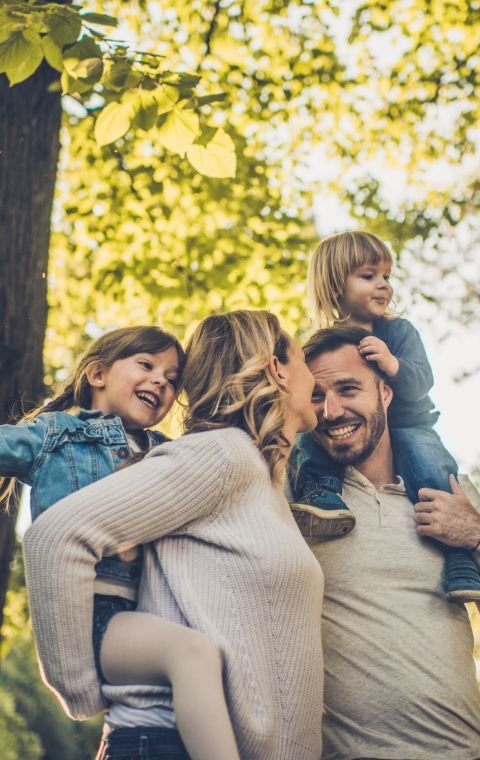As many beauty companies have started to pay more and more attention to their impact on the environment, sustainable and recyclable packaging options are becoming more frequently used.
However, certain types of packaging on cosmetics can take hundreds of years to break down, releasing harmful greenhouse gasses into the environment in the meantime.
Paying attention to how you can upcycle, recycle or compost your used beauty products can help you do you part in protecting both animals and the environment.
1. Avoid cellophane
Cellophane is the thin material used to package many beauty products. It is not recyclable, but it is biodegradable and more environmentally-friendly than the type of plastics used to make plastic bags.
As it is biodegradable, you can compost cellophane in your composting bin along with your food scraps. However, the way in which cellophane itself is produced is harmful to the environment to begin with. Avoid if you can. Compost if you can’t.
2. Upcycle finished products
Upcycling is when you re-use a product instead of throwing it away. For example, a used candle can become a holder for your make-up brushes instead of getting thrown away.
3. Stop using cotton pads
While many cotton pads you use to remove make-up can actually be composted along with your food waste, it is the process of making the cotton pads themselves that takes an unnecessary toll on our environment, using the same amount of water one person would drink over 3 years to make just 1kg of cotton.
In place of single-use cotton pads, try reusable cotton rounds, reusable make up wipes and bamboo cotton buds.
4. Read
Make sure you read the instructions on the product’s packaging so you know how to properly recycle the product.
Generally, there are recyclable numbers on packaging. For example HDPE (high density polyethylene) bottles are often used for personal care products. These can be identified by the recyclable number 2 on the packaging. This means the bottle is recyclable and can in fact be recycled into things like bin bags and bins.
5. Rinse
Before recycling a used beauty product, rinse it out. If there is any product residue left inside, it simply won’t be recycled. Additionally, this can contaminate the entire recycling load and end up in landfills, also attracting rodents.
Harmful substances left in containers such as hairspray or toxic chemicals can cause damage to the environment.
6. Give plastic a miss
When possible, make an effort to avoid purchasing products in plastic containers and opt for glass containers instead. Glass is able to be recycled again and again without degrading in quality.
Information sourced from Google (2020)


